Planting trees is an remarkable way to add beauty and fee to your property while also contributing to the surroundings. However, now not all timber are appropriate for each location. Richmond, like every other metropolis, has its very own particular set of challenges in terms of planting trees. A tree that thrives in a single area might not necessarily do properly in any other. With that in mind, it is critical to understand which timber to avoid planting in Richmond. In this weblog submit, we can be discussing ten timber that are not encouraged for planting inside the region. We will give an explanation for why they may be not appropriate, and provide some alternative options to be able to work higher in Richmond. Whether you are a home owner, landscaper, or gardener, this manual will help you’re making knowledgeable choices approximately which timber to plant in Richmond.
Selecting the right bushes for your landscape is critical for the long-term fitness and beauty of your outside space. Trees now not most effective provide shade, privacy, and aesthetic attraction, but in addition they make a contribution to the general surroundings and environmental balance.
In Richmond, in which the climate and soil situations can vary considerably, it turns into even extra critical to make informed picks in relation to planting trees. While there are infinite options to be had, it’s far similarly vital to be privy to the trees that might not thrive or can also even pose ability dangers in the Richmond location.
By keeping off the wrong trees and expertise their obstacles, you can save yourself from potential complications and pricey errors. This manual ambitions to shed mild on the 10 timber which are first-rate prevented in Richmond, offering you with precious insights to make knowledgeable selections about your panorama.
From bushes which can be liable to diseases or pests that thrive inside the nearby surroundings to those that have invasive root systems inflicting damage to infrastructure, there are numerous reasons why certain timber may not be suitable for Richmond’s precise conditions.
By know-how the characteristics and capability drawbacks of those trees, you may make sure that your panorama prospers with a selection of bushes which can be well-suited to the Richmond weather. In the following sections, we are able to discover each of those ten trees in greater element, discussing their barriers and imparting opportunity options that could thrive to your landscape.
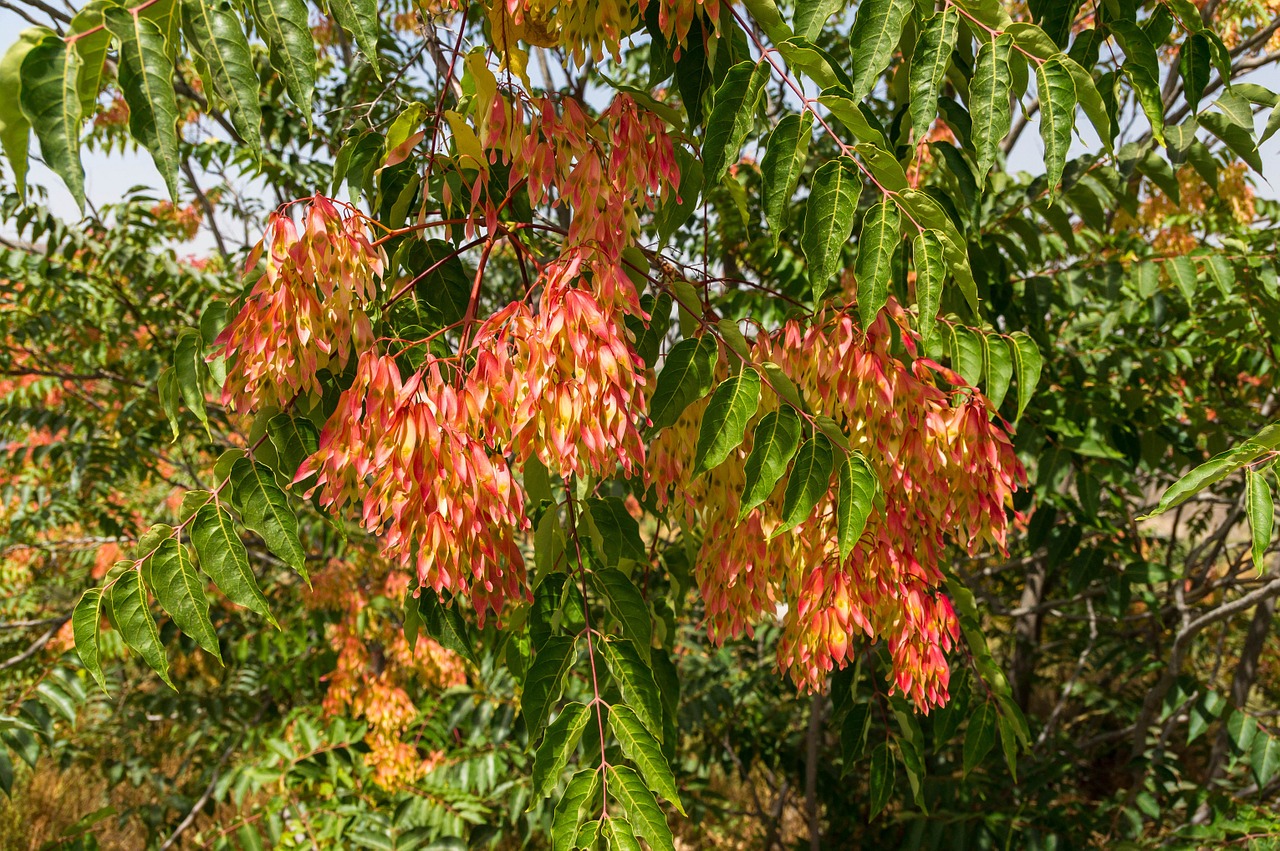

The Richmond space is fortunate to have an abundance of fantastic, native bushes and specialists to assist take care of them. The nice bushes far outweigh the worst bushes to plant in Richmond.
These 5 bushes are absolutely the worst bushes to plant in Richmond. Not as a result of they don’t develop properly — in truth, some develop too properly, which is why they made the record.
1. Tree of Heaven (Ailanthus altissima)
The tree of heaven (pictured above) is a misnomer. It’s an unique, invasive tree native that was launched to the Philadelphia space in the late 1700s from China and Taiwan. Over the previous two centuries, it has made its approach throughout the U.S. Quite a lot of states now fear about its aggressive nature. This overseas tree releases an allelopathic chemical discovered in its roots, leaves, and bark that forestalls or kills crops rising close by.
The tree of heaven grows aggressively due to the insane quantity of seeds it produces in one season. Don’t plant this except you need to spend your fall days raking and raking and raking. Even worse? When flowers bloom in the spring they odor like cat urine. The tree of heaven may also be hell on allergy symptoms!
2. Autumn Olive
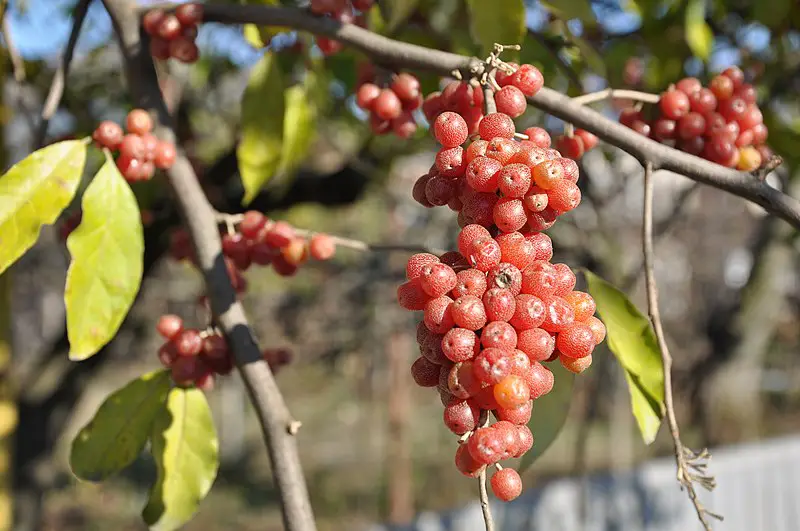

Don’t provide anybody in Richmond an olive department, or an autumn olive tree for that matter. This quick-rising small tree, which some think about a shrub, has secured itself a strong spot on the USDA Invasive Species record. Autumn olive is native to East Asia and made its approach to the USA in the 1830s as a decorative woody plant to encourage wildlife habitat and management erosion. It’s drought-tolerant and thrives in a wide range of soil situations. The tree has a tremendous capacity to repair its personal nitrogen ranges, permitting it to develop in rocky substrates that aren’t fertile sufficient to maintain plant development.
A single plant can produce up to eight-pounds of fruit each season. Birds eat and disperse the fruit, aiding in the prolific copy of the autumn olive tree. It threatens native ecosystems by out-competing and displacing native crops.
3. Chinese language Privet
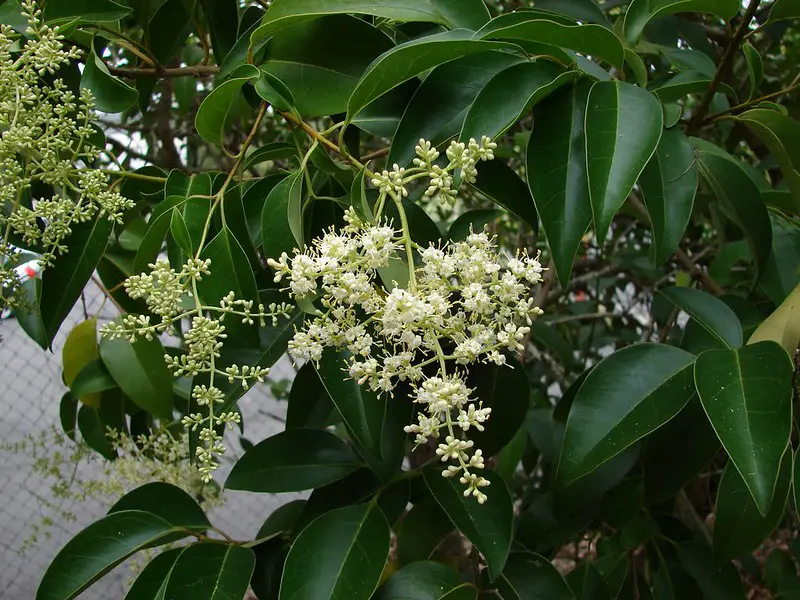

This sneaky plant manages to discover its approach onto really useful planting lists with no point out of its invasive nature. Chinese language privet was launched into the U.S. in 1852 as a decorative shrub in mass plantings. Little did these planters know, the plant is a quick grower and reproduces at a tremendous charge via its seeds and root suckers.
You’ll discover it in native nurseries and backyard facilities all through the japanese U.S. in spite of the truth that botanists try to eradicate it. The plant is prohibited to promote or plant in New Zealand as a result of its pollen may cause bronchial asthma and eczema and the fruit can also be toxic to humans. However no such regulation exists in the U.S.
4. Siberian Elm
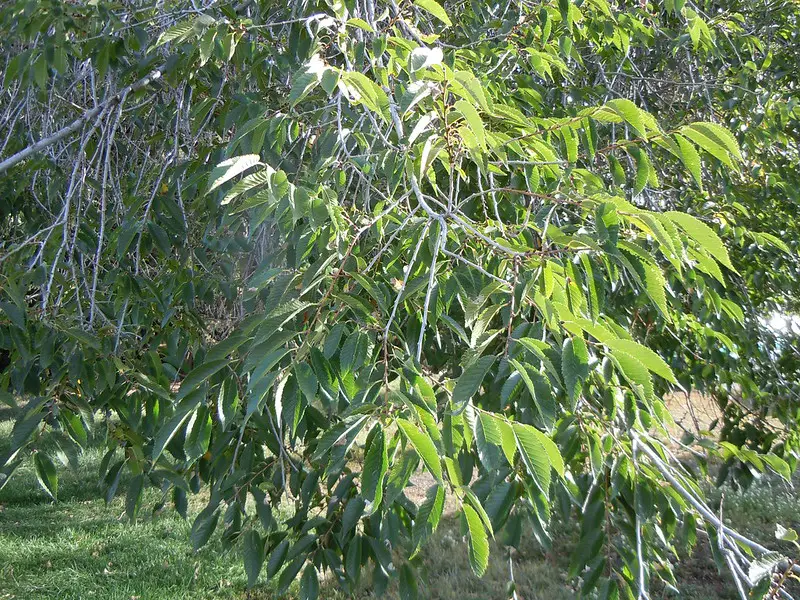

We talked about Siberian elm as one of many 5 Worst Trees to Plant in Denver, and we’re going to add it to this record as properly. One other invasive species, it has many qualities that permit it to unfold aggressively. The tree produces seeds in a small oval samara — a papery seed case with wings for improved dispersal. Due to this, it has a excessive germination charge, particularly in disturbed areas comparable to transportation corridors and empty heaps.
One other essential purpose to keep away from planting it in Richmond is Siberian elms have very brittle branches and limbs which might be susceptible to break in heavy wind storms. As this space is susceptible to sturdy winds, you’d be clever to keep away from this tree and plant one thing that may higher face up to winds.
5. Water Oak
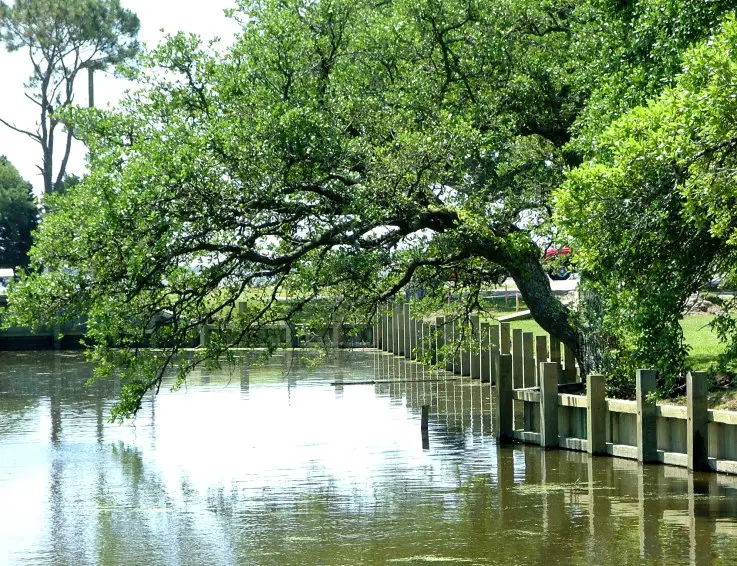

The medium-sized water oak is known for its easygoing nature and ease of care. It’s a local tree, however there are a number of causes not to plant it in your Richmond yard. Water oaks have a brief life span in contrast to most different hardwoods, dwelling solely 30 to 50 years in contrast to the a whole lot of years different bushes can stay. Extra importantly: The bushes are weak-wooded making them very prone to wind and storm injury. Undoubtedly not a good selection for a coastal state!
Offering alternative tree species that are suitable for Richmond:
While it’s important to identify and avoid planting certain trees in Richmond, it’s equally essential to provide alternative tree species that thrive in the area. Fortunately, there are numerous options that can help maintain the city’s greenery and enhance its natural beauty. Here are a few alternative tree species to consider planting in Richmond:
1. Red Maple (Acer rubrum): Red Maples are known for their vibrant red foliage in the fall, making them a visually stunning choice. They are adaptable to various soil types and can tolerate both wet and dry conditions.
2. American Holly (Ilex opaca): This evergreen tree offers year-round interest with its glossy, spiky leaves and bright red berries during the winter months. American Holly is also favored by birds and other wildlife.
3. Southern Magnolia (Magnolia grandiflora): With its large, fragrant white flowers and glossy green leaves, the Southern Magnolia is a classic choice for adding elegance to landscapes. It thrives in Richmond’s climate and can tolerate a wide range of soil conditions.
4. Eastern Redbud (Cercis canadensis): Known for its vibrant pink or purple blooms in early spring, the Eastern Redbud adds a splash of color to any garden. It prefers well-drained soil and partial shade.
5. Dogwood (Cornus florida): Dogwoods are highly regarded for their beautiful spring flowers, which range in color from white to pink. They also produce attractive red berries in the fall, attracting birds. Dogwoods prefer moist, well-drained soil.
6. River Birch (Betula nigra): With its stunning peeling bark and graceful form, the River Birch is a popular choice for Richmond’s landscapes. It thrives in moist soils and is tolerant of wet conditions.
7. Black Gum (Nyssa sylvatica): The Black Gum tree, also known as Tupelo, boasts glossy green leaves that turn vibrant shades of red, orange, and purple in the fall. It is adaptable to various soil types, including wet areas.
8. Bald Cypress (Taxodium distichum): Ideal for wet or swampy areas, the Bald Cypress is a majestic tree that can grow tall and provide shade. Its unique feature is its deciduous nature, as it sheds its needle-like leaves in the fall.
9. Sweetbay Magnolia (Magnolia virginiana): This smaller-sized magnolia tree produces fragrant white flowers during the summer months and retains its glossy leaves year-round. It prefers moist, well-drained soil.
10. Japanese Maple (Acer palmatum): Japanese Maples are prized for their stunning foliage, which comes in a variety of colors and shapes. They are an excellent choice for smaller gardens or as ornamental focal points.
Considering native tree species for ecological benefits:
When it comes to tree planting, it’s important to consider native tree species for their ecological benefits. Native trees are those that have naturally evolved in a specific region over thousands of years. They have adapted to the local climate, soil conditions, and wildlife, making them crucial components of the local ecosystem.
By choosing native tree species for your planting projects in Richmond, you can help support local biodiversity and promote a healthier environment. Native trees provide numerous ecological benefits, including:
1. Wildlife habitat: Native trees provide food and shelter for a variety of wildlife species, including birds, insects, and mammals. They offer nesting sites, food sources such as fruits and nuts, and cover for protection.
2. Pollinator support: Many native trees have flowers that attract pollinators like bees, butterflies, and hummingbirds. Planting native trees can help support these important pollinators, which play a vital role in the reproduction of plants.
3. Soil stabilization: Native trees have deep root systems that help stabilize the soil, preventing erosion and reducing the risk of landslides. Their roots also improve soil structure and nutrient cycling.
4. Carbon sequestration: Native trees contribute to carbon sequestration by absorbing carbon dioxide from the atmosphere through photosynthesis. This helps mitigate climate change by reducing greenhouse gas emissions.
5. Water management: Native trees can help manage water resources by reducing runoff, improving water quality, and regulating stream flow. Their root systems help absorb and filter rainwater, preventing soil erosion and minimizing the risk of flooding.
